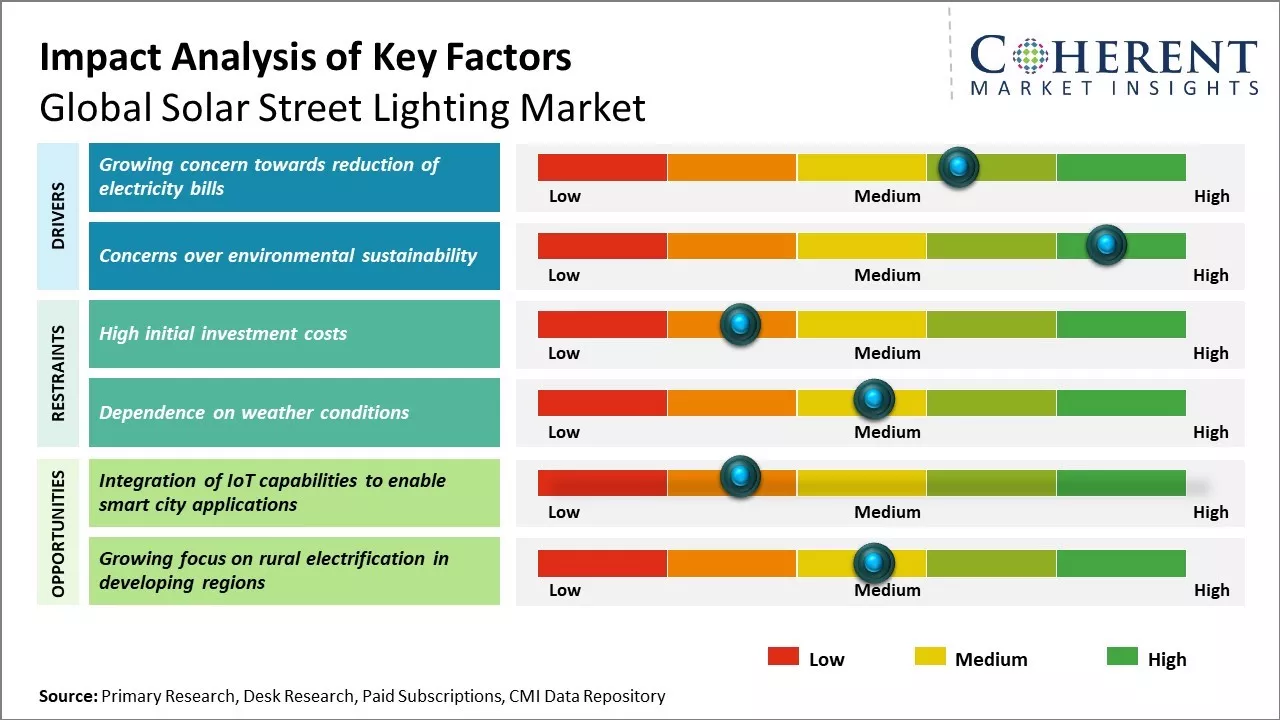The global solar street lighting market is estimated to be valued at USD 15.85 Bn in 2025 and is expected to reach USD 44.81 Bn by 2032, exhibiting a compound annual growth rate (CAGR) of 16.0% from 2025 to 2032.

To learn more about this report, Request sample copy
The adoption of solar street lighting is expected to grow significantly due to increasing focus on renewable energy resources and government initiatives to adopt energy-efficient and eco-friendly lighting solutions. Many countries globally are replacing their conventional street lights with solar street lights to reduce their energy consumption and carbon footprint. Additionally, the falling costs of LEDs and solar panels is making solar street lighting more affordable which is further fueling their demand. Concerns around climate change and energy security are also driving the large-scale installation of solar street lights in both developed and developing nations.
Growing concern towards reduction of electricity bills
The spiraling electricity prices across the globe have enhanced the focus on developing sustainable alternatives for street lighting. The conventional street lighting systems primarily rely on electricity grids which have witnessed a steep rise in tariffs over the past few years. According to reports, some cities spend up to 30% of their overall electricity consumption just for illumination of streets and outdoor public places. At the same time, a majority of this lighting is often operational even during daytime, resulting in colossal wastage of energy. Solar street lighting provides a highly feasible solution to curb these unnecessary expenditures. With integrating solar photovoltaic panels, these lights can derive power from natural sunlight during day, thereby eliminating dependency on grids. This has substantial potential to bring down energy costs substantially for urban local bodies. As per analysis, solar street lights with basic LED bulbs pay for themselves within 3 to 5 years through electricity cost savings alone in most cities across the world. Some studies also indicate O&M costs for solar lights are 80% lower than traditional street lamps over their lifespan. This compelling business case is a key driver attracting more municipalities and public authorities to include solar options in their street lighting infrastructure upgrades.
Joining thousands of companies around the world committed to making the Excellent Business Solutions.
View All Our Clients